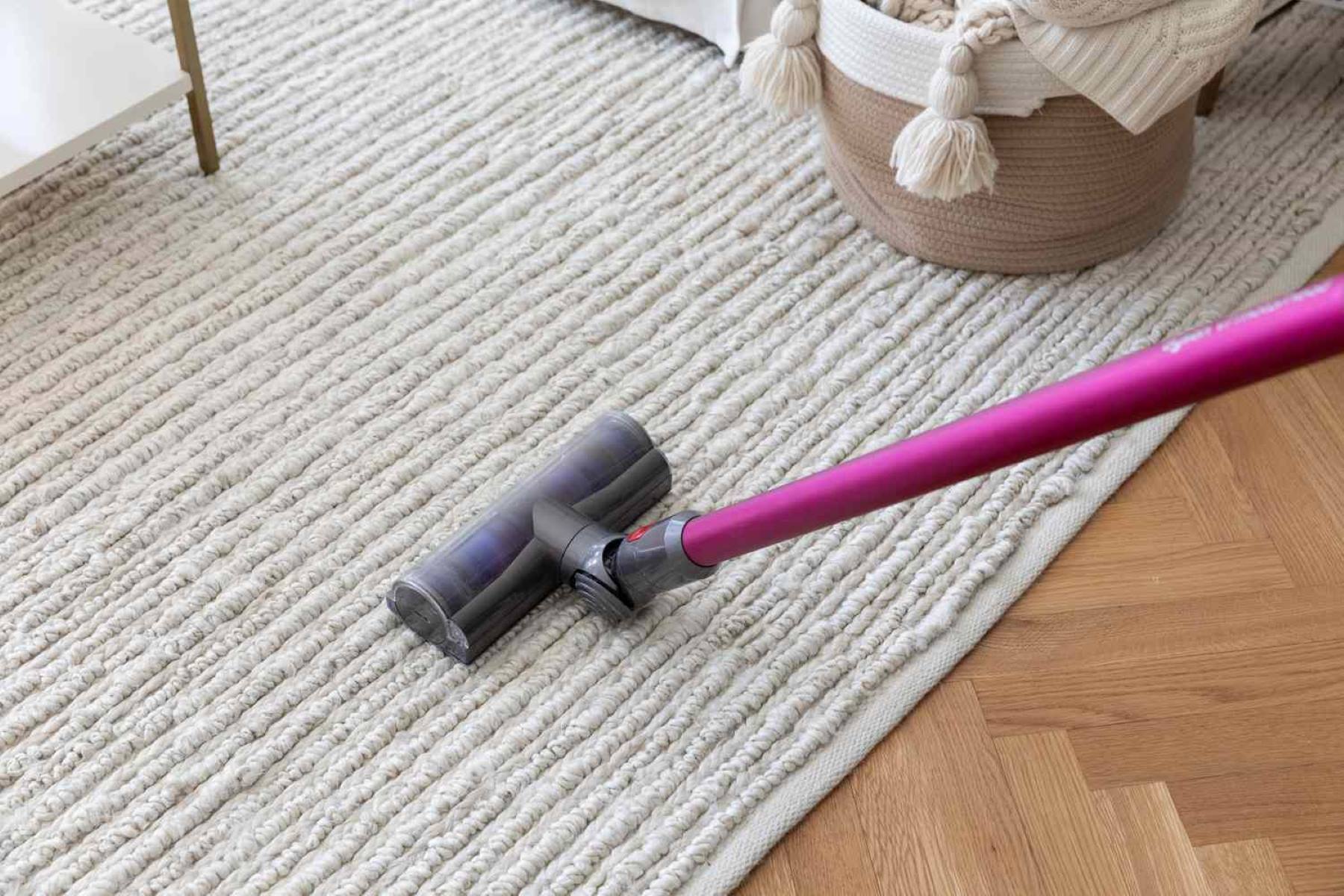

Articles
How Often Should You Clean Your Rugs
Modified: January 9, 2024
Learn how often you should clean your rugs with helpful articles! Discover the best practices for maintaining your rugs and keeping them looking fresh and beautiful.
(Many of the links in this article redirect to a specific reviewed product. Your purchase of these products through affiliate links helps to generate commission for Storables.com, at no extra cost. Learn more)
Introduction
Your rugs play an essential role in enhancing the aesthetics and comfort of your home. However, over time, they can accumulate dust, dirt, stains, and odors, compromising their appearance and hygiene. Regular cleaning is necessary to maintain the beauty and longevity of your rugs.
But how often should you clean your rugs? The frequency of rug cleaning depends on several factors, including the amount of foot traffic, the presence of pets, environmental factors, and individual sensitivities. By understanding these factors and implementing a proper rug cleaning routine, you can ensure that your rugs stay clean, fresh, and in good condition for years to come.
In this article, we will explore the different factors to consider when determining the frequency of rug cleaning, the types of rugs and their cleaning needs, signs that indicate your rug needs cleaning, recommended cleaning schedules, and both DIY and professional rug cleaning methods.
So, let’s dive in and discover how often you should clean your rugs to maintain a clean and healthy living space!
Key Takeaways:
- Regular rug cleaning is essential to maintain cleanliness and hygiene, with factors like foot traffic, pet presence, and allergies influencing cleaning frequency. Different rug types require specific care to preserve their longevity and appearance.
- Signs such as stains, odors, dust accumulation, allergy symptoms, and insect infestations indicate when it’s time to clean your rug. Following a regular cleaning schedule and considering professional cleaning options can ensure your rugs remain clean and fresh.
Read more: How Often Should You Clean Your Fireplace
Factors to consider when determining rug cleaning frequency
When it comes to determining how often you should clean your rugs, there are several factors that you should take into consideration. By understanding these factors, you can establish a cleaning routine that is suitable for your specific needs. Here are the key factors to consider:
1. Amount of foot traffic: The level of foot traffic your rugs endure plays a significant role in determining how often they should be cleaned. Rugs in high-traffic areas, such as living rooms, hallways, and entryways, tend to accumulate more dirt and debris compared to rugs in less frequented areas. If you have a busy household or often entertain guests, you may need to clean these high-traffic rugs more frequently.
2. Presence of pets: If you have furry friends in your home, such as dogs or cats, their presence can contribute to additional dirt, hair, dander, and even the occasional accident on your rugs. Pet owners should consider more frequent rug cleaning to maintain a clean and odor-free environment.
3. Environmental factors: Environmental factors, such as the climate and surrounding area, can also impact the cleanliness of your rugs. For example, if you live in a dusty or pollen-heavy area, your rugs may need more frequent cleaning to remove allergens and keep them fresh. Additionally, if you live near a construction site or industrial area, your rugs may be exposed to more pollutants and require more regular cleaning.
4. Allergies and sensitivities: If you or your family members have allergies or sensitivities to dust, pet dander, or other allergens, regular rug cleaning becomes even more crucial. Cleaning your rugs on a consistent basis will help minimize allergen buildup and create a healthier indoor environment.
By considering these factors, you can determine an appropriate cleaning frequency for your rugs. Keep in mind that these factors can vary from household to household, so it is essential to assess your specific circumstances and adapt your cleaning routine accordingly.
Types of rugs and their cleaning needs
Not all rugs are created equal, and different types of rugs require specific cleaning methods and care. Understanding the characteristics of your rugs is crucial in determining how to clean them effectively without causing damage. Here are some common types of rugs and their cleaning needs:
1. Natural fiber rugs: Natural fiber rugs, such as jute, sisal, seagrass, and bamboo, are made from plant-based materials. These rugs are durable and eco-friendly, but they can be more susceptible to staining and moisture damage. Vacuuming regularly and spot cleaning spills promptly are key maintenance practices for natural fiber rugs. However, it is essential to avoid excessive moisture during the cleaning process to prevent shrinking or warping of the fibers.
2. Synthetic fiber rugs: Synthetic fiber rugs, including nylon, polyester, and olefin, are more resistant to stains and moisture compared to natural fiber rugs. They are also more durable and easier to clean. Regular vacuuming and occasional steam cleaning or professional deep cleaning can help keep synthetic fiber rugs in optimal condition.
3. Wool rugs: Wool rugs are known for their softness, warmth, and durability. However, they require special care to maintain their appearance and longevity. Vacuuming with a brushless attachment and regular rotation to even out wear are essential for wool rugs. It is recommended to have them professionally cleaned every 12 to 18 months to remove deep-seated dirt and refresh the fibers.
4. Antique and delicate rugs: Antique and delicate rugs, such as Persian or Oriental rugs, often require extra care due to their age, intricate designs, and delicate materials. These rugs should be cleaned by professionals experienced in handling and cleaning antique rugs. Gentle handwashing techniques and specialized cleaning solutions are used to preserve the rug’s beauty and protect its delicate fibers.
It is crucial to identify the type of rug you have and familiarize yourself with its specific cleaning needs. By understanding the requirements of your rugs, you can ensure that they receive the appropriate care and maintenance, leading to their longevity and continued beauty.
Signs that indicate your rug needs cleaning
Keeping your rugs clean is not only important for maintaining their appearance but also for the overall cleanliness and health of your home. It’s essential to be aware of the signs that indicate your rug needs cleaning so that you can address the issue promptly. Here are some common signs to look out for:
1. Noticeable stains and spills: If you notice visible stains or spills on your rug, it’s a clear indication that it needs cleaning. Whether it’s a wine stain from a party or a coffee spill from your morning routine, addressing these stains promptly will prevent them from setting into the fibers and becoming harder to remove.
2. Foul odors: If your rug is emitting an unpleasant odor, it’s a sign that it needs cleaning. Odors can arise from spills, pet accidents, or general accumulation of dirt and bacteria. Regular cleaning, including vacuuming and deep cleaning, can help eliminate these odors and freshen up your rug.
3. Dust accumulation: Over time, rugs can accumulate dust and dirt, even if they don’t appear visibly dirty. If you notice a significant buildup of dust, it’s a clear indication that your rug needs cleaning. Regular vacuuming can help remove surface-level dirt, but periodic deep cleaning is necessary to remove embedded debris and allergens.
4. Allergy symptoms: If you or your family members are experiencing allergy symptoms, such as sneezing, coughing, or itchy eyes, it could be a result of allergens trapped in your rug. Dust mites, pet dander, and pollen can accumulate over time and trigger allergic reactions. Cleaning your rug regularly can help reduce these allergens and create a healthier indoor environment.
5. Insect infestations: If you notice signs of insect infestations, such as carpet beetles or moths, on your rug, immediate cleaning is necessary. Insects can cause damage to the fibers of your rug and compromise its overall condition. Professional cleaning can help eliminate the infestation and restore the integrity of your rug.
By paying attention to these signs, you can determine when it’s time to clean your rug and ensure that it remains clean, fresh, and in good condition.
Vacuum your rugs at least once a week to remove dirt and debris. For high-traffic areas, consider vacuuming more frequently to prevent buildup.
Recommended rug cleaning schedule
Establishing a regular rug cleaning schedule is vital to maintain the cleanliness and longevity of your rugs. While the exact frequency may vary based on individual circumstances, here are some general guidelines to help determine when you should clean your rugs:
- High-traffic areas: Rugs in high-traffic areas, such as living rooms, hallways, and entryways, are more prone to accumulating dirt, dust, and stains. For these areas, it is recommended to clean the rugs every 6 to 12 months. Frequent cleaning helps to remove dirt before it becomes ingrained in the fibers and prolongs the appearance and life of the rug.
- Moderate-traffic areas: Rugs in moderate-traffic areas, such as dining rooms or bedrooms, may not require cleaning as frequently as high-traffic rugs. Cleaning these rugs every 12 to 18 months is generally sufficient to maintain their cleanliness and freshness. However, factors such as pets or environmental conditions may necessitate more frequent cleaning.
- Low-traffic areas: Rugs in low-traffic areas, such as guest rooms or home offices, accumulate less dirt and wear compared to other areas. Cleaning these rugs every 18 to 24 months is typically adequate. However, regular vacuuming and spot cleaning should still be practiced to maintain their condition.
- Specialty rugs: Specialty rugs, such as antique rugs, delicate silk rugs, or high-value rugs, often require specific care and expertise. Consultation with a professional rug cleaner is recommended to determine the appropriate cleaning schedule and method for these rugs. Professionals will be able to assess the material and condition of the rug and provide tailored cleaning recommendations.
It’s important to note that these are general guidelines, and actual cleaning needs may vary depending on factors such as household conditions, personal preferences, and the type of rug. Regular inspection and assessment of your rugs will help you determine when it’s time for cleaning and ensure that they remain in pristine condition.
Read more: How Often Should You Clean Your Humidifier
DIY rug cleaning methods
If you prefer to take a do-it-yourself approach to clean your rugs, there are several effective methods you can use to maintain their cleanliness and freshness. Here are some common DIY rug cleaning methods:
- Vacuuming: Regular vacuuming is essential for keeping your rugs free from dust, dirt, and allergens. Use a vacuum cleaner with a beater bar or brush attachment to effectively remove surface-level debris. It’s recommended to vacuum high-traffic areas at least once a week and less frequently used areas every 1-2 weeks. When vacuuming, make sure to go over each area several times in different directions to ensure thorough cleaning.
- Spot cleaning: Accidents happen, and it’s important to address spills and stains on your rugs promptly. Blot up liquids with a clean cloth or paper towel, and then gently dab the stained area with a mixture of mild dish soap and warm water. Avoid rubbing the stain vigorously, as it can push the stain deeper into the fibers. For more stubborn stains, you can use a carpet stain remover specifically designed for your type of rug. Always test any cleaning product on a small, inconspicuous area of the rug first to ensure it won’t cause any color fading or damage.
- Shake or beat out dirt: For smaller rugs or rugs with minimal soiling, you can take them outside and shake them vigorously to remove loose dirt and debris. Alternatively, hanging the rug over a railing or fence and beating it with a carpet beater can also dislodge embedded dirt. Be careful not to damage the rug during this process and make sure to do it in an outdoor area away from sensitive surfaces.
- Steam cleaning: Steam cleaning, also known as hot water extraction, is an effective method for deep cleaning your rugs. You can either rent a steam cleaner or use a portable steam cleaner designed for home use. Follow the manufacturer’s instructions and fill the machine with hot water and the appropriate cleaning solution. Move the steam cleaner slowly and evenly across the rug, extracting dirt and allergens from deep within the fibers. Allow the rug to dry completely before placing it back in its original position.
Remember, when using DIY rug cleaning methods, always follow proper techniques and take caution to avoid saturating the rug with excessive moisture. Excessive moisture can lead to mold growth or damage to the rug’s backing or fibers. If you’re unsure or dealing with a valuable or delicate rug, it’s best to consult with a professional rug cleaner to ensure optimal results.
Professional rug cleaning options
While DIY methods can be effective for regular maintenance, there are times when professional rug cleaning is necessary to tackle more stubborn stains, deeply embedded dirt, or delicate rugs that require special care. Here are some professional rug cleaning options to consider:
- Professional steam cleaning: Professional steam cleaning, also known as hot water extraction, is a popular choice for deep cleaning rugs. This method involves using specialized equipment to inject hot water and cleaning solution into the rug, loosening dirt and debris, and then extracting it along with the cleaning solution. Professional steam cleaning can effectively remove deeply embedded dirt, allergens, and stains from your rugs, leaving them fresh and revitalized.
- Dry cleaning: Dry cleaning is another professional rug cleaning method that is suitable for delicate rugs or those that cannot withstand water-based cleaning methods. Dry cleaning involves using specialized solvents and cleaning agents to break down and remove dirt and stains. This method is gentle on the rug fibers and avoids the risk of shrinkage or color bleeding. It is an excellent choice for antique rugs or rugs made from delicate materials.
- Rug washing services: Rug washing services provide a comprehensive and thorough cleaning process for your rugs. These services typically involve the careful inspection, dusting, pre-treatment, and handwashing of the rugs using specialized cleaning solutions. The rugs are then thoroughly rinsed and dried in a controlled environment to ensure optimal results. Rug washing services are particularly beneficial for valuable and delicate rugs that require extra care and attention.
When opting for professional rug cleaning services, it is essential to do thorough research and choose a reputable and experienced service provider. Look for companies that specialize in rug cleaning and have a track record of delivering high-quality results. Additionally, inquire about the cleaning methods they use and ensure they are suitable for your specific rug type and requirements.
While professional rug cleaning may require a higher investment compared to DIY methods, it can greatly extend the life of your rugs and keep them looking their best. Professional cleaning can also address stubborn stains and odor issues that DIY methods may not fully resolve.
By choosing the right professional rug cleaning option, you can ensure that your rugs receive the proper care and attention they deserve, resulting in a clean, fresh, and beautiful living space.
Conclusion
Rug cleaning is a vital aspect of maintaining a clean and healthy living environment. By understanding the factors that influence the frequency of rug cleaning, you can establish a regular cleaning routine that suits your needs. Factors such as foot traffic, pets, environmental conditions, and allergies should be considered when determining how often to clean your rugs.
Different types of rugs require specific care and cleaning methods. Natural fiber rugs, synthetic fiber rugs, wool rugs, and delicate or antique rugs all have unique cleaning needs. By identifying the type of rug you have and following the appropriate cleaning techniques, you can preserve the appearance and longevity of your rugs.
Several signs indicate when it’s time to clean your rug, including noticeable stains and spills, foul odors, dust accumulation, allergy symptoms, and insect infestations. Addressing these signs promptly will help maintain the cleanliness and hygiene of your rugs and prevent further damage or health issues.
For optimal results, it is recommended to follow a regular cleaning schedule. High-traffic areas should be cleaned every 6 to 12 months, moderate-traffic areas every 12 to 18 months, and low-traffic areas every 18 to 24 months. Specialty rugs, such as antique or delicate rugs, may require professional consultation for proper cleaning recommendations.
While DIY rug cleaning methods, such as vacuuming, spot cleaning, shaking out dirt, and steam cleaning, can be effective for regular maintenance, there are times when professional rug cleaning options are necessary. Professional steam cleaning, dry cleaning, and rug washing services provide deep cleaning and specialized care for stubborn stains, delicate rugs, or those in need of thorough cleaning.
In conclusion, maintaining clean and fresh rugs requires a combination of regular maintenance and periodic professional cleaning. By understanding the specific needs of your rugs and implementing the appropriate cleaning methods, you can ensure that your rugs remain beautiful, hygienic, and a source of comfort and joy in your home.
Frequently Asked Questions about How Often Should You Clean Your Rugs
Was this page helpful?
At Storables.com, we guarantee accurate and reliable information. Our content, validated by Expert Board Contributors, is crafted following stringent Editorial Policies. We're committed to providing you with well-researched, expert-backed insights for all your informational needs.
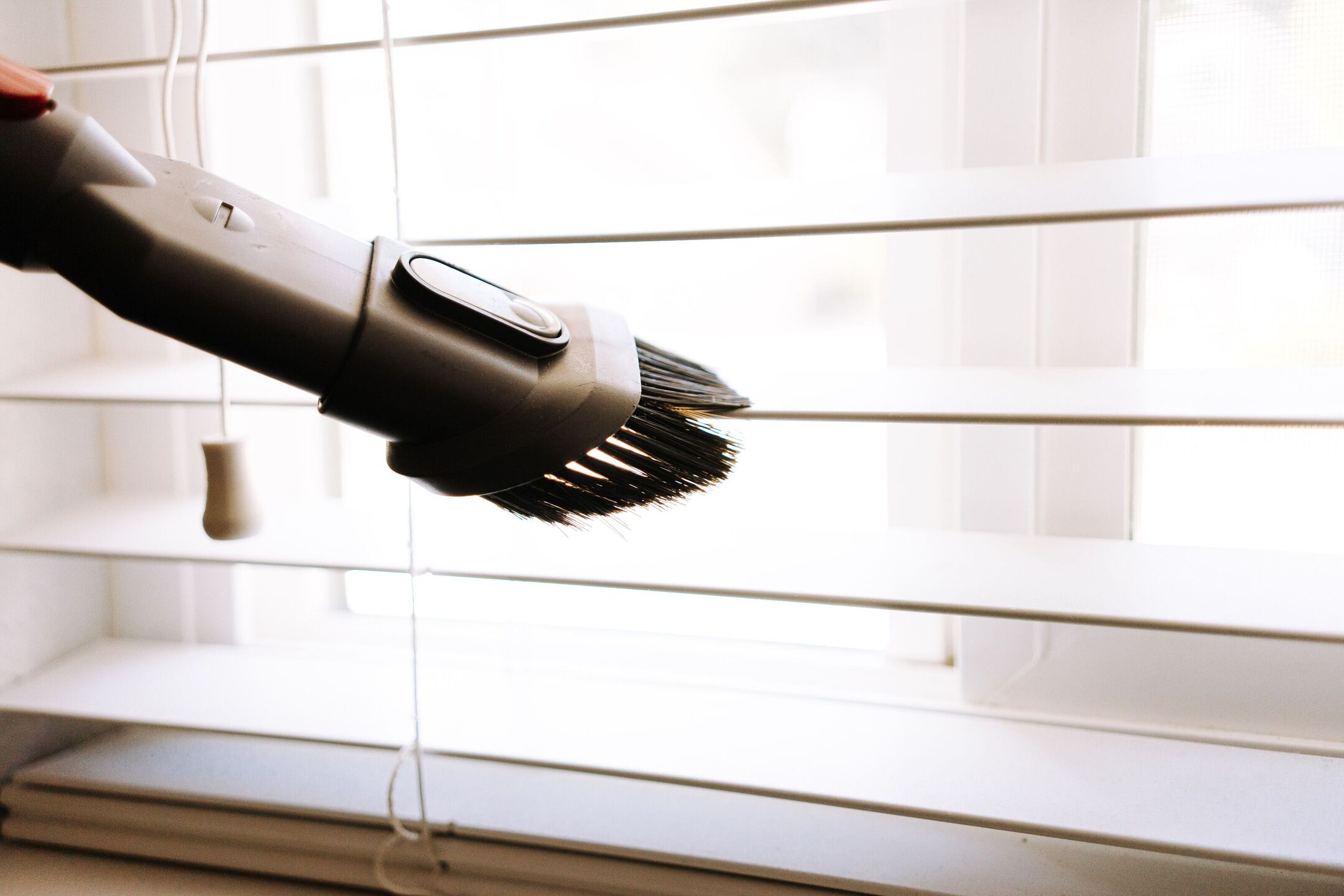
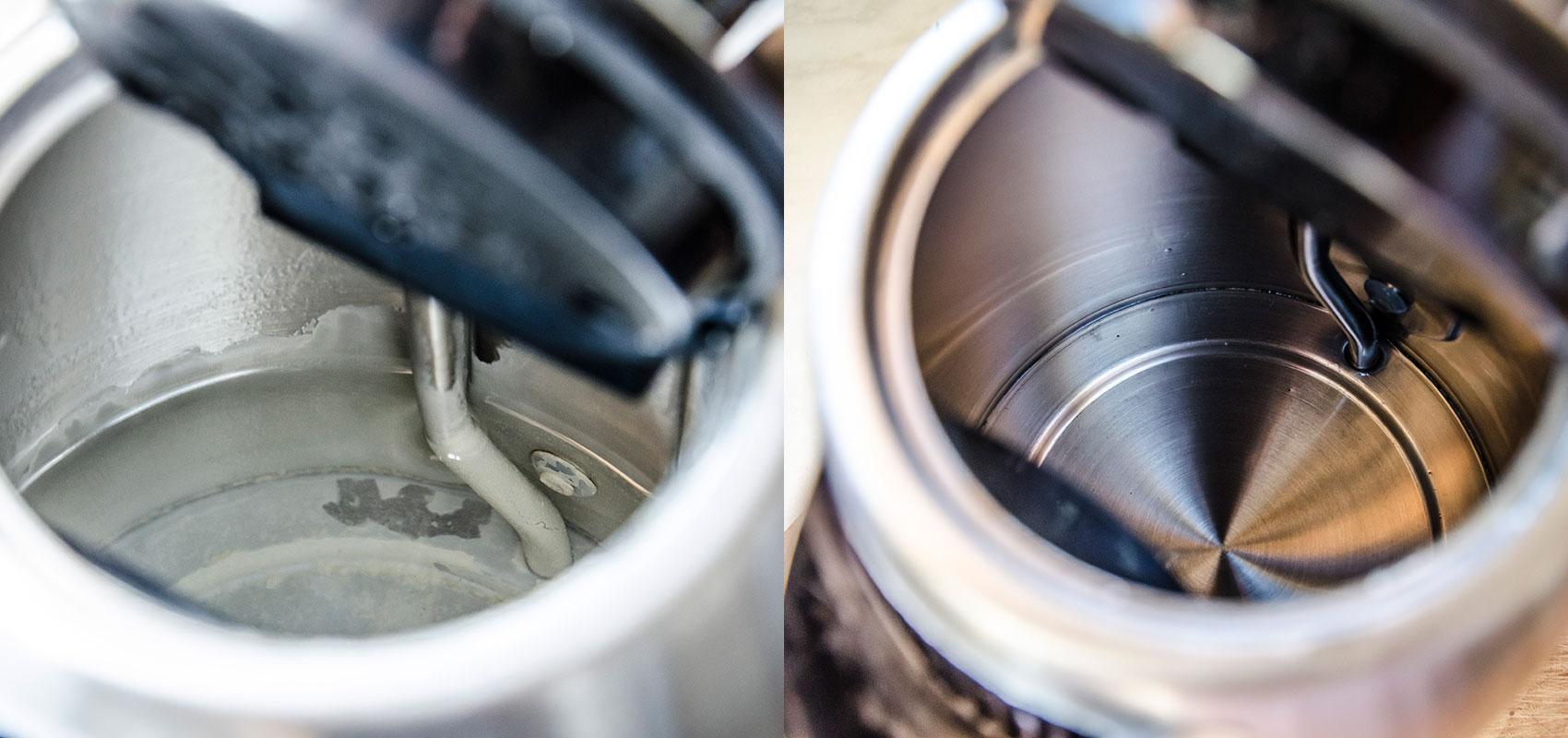
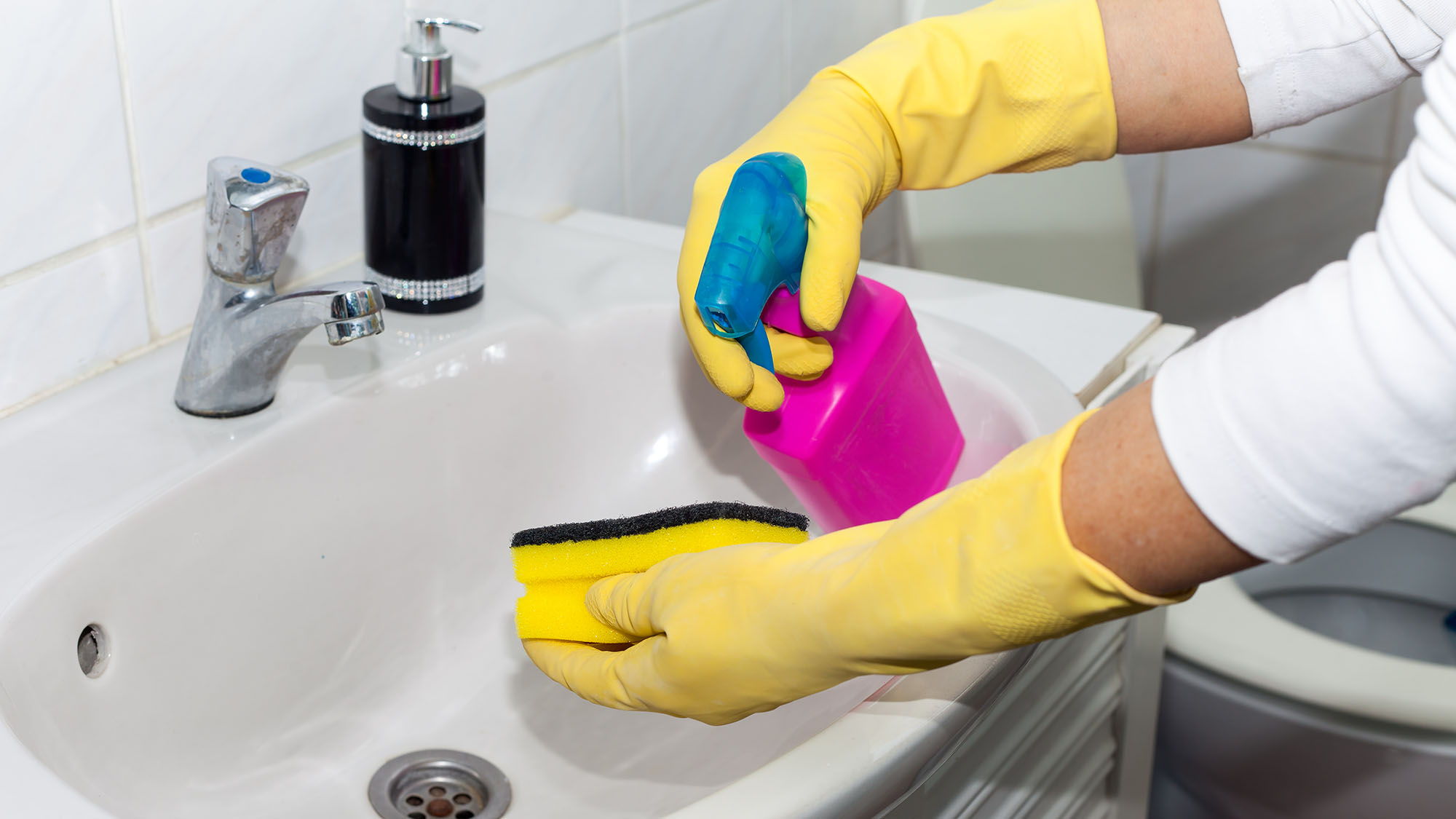
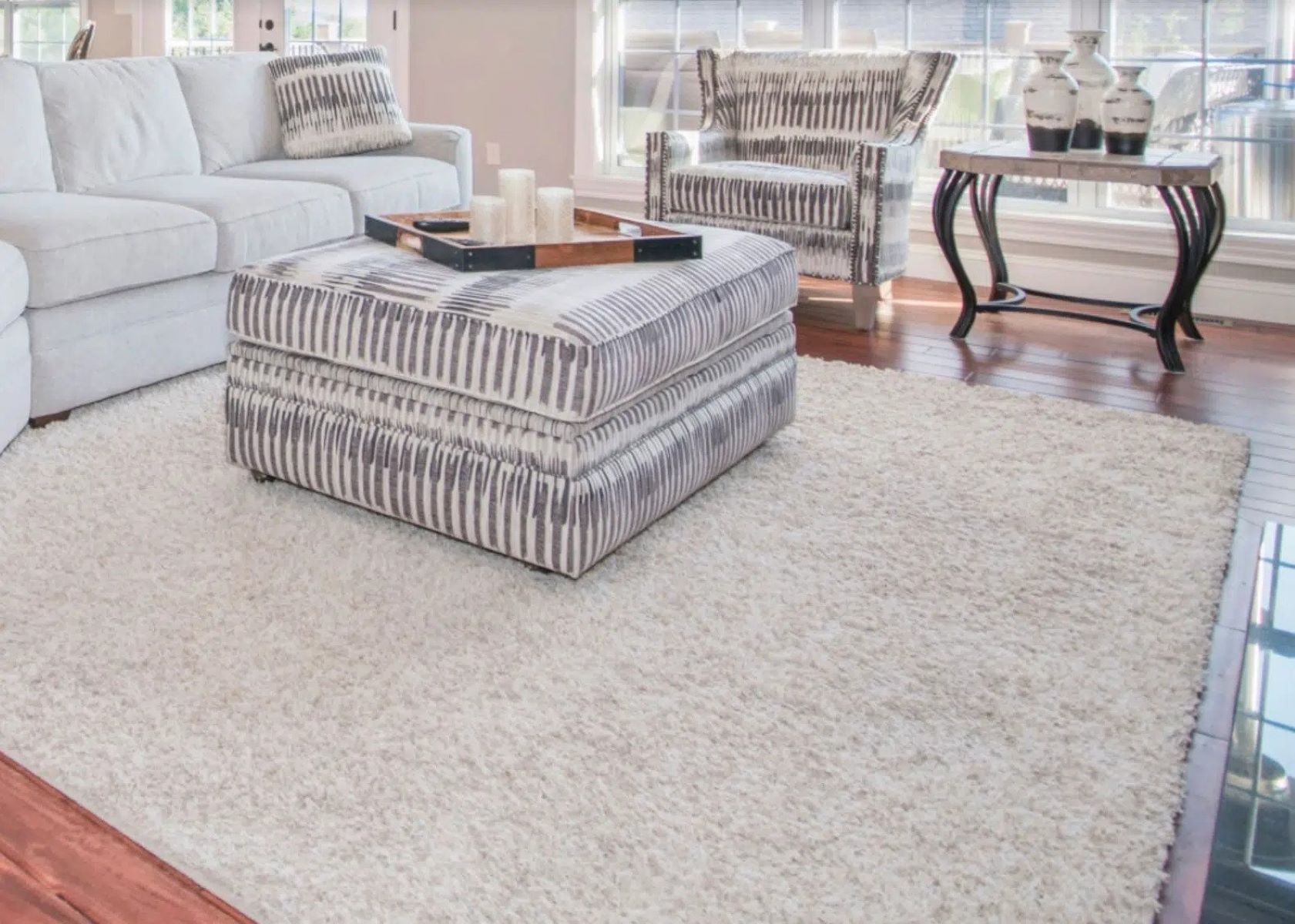
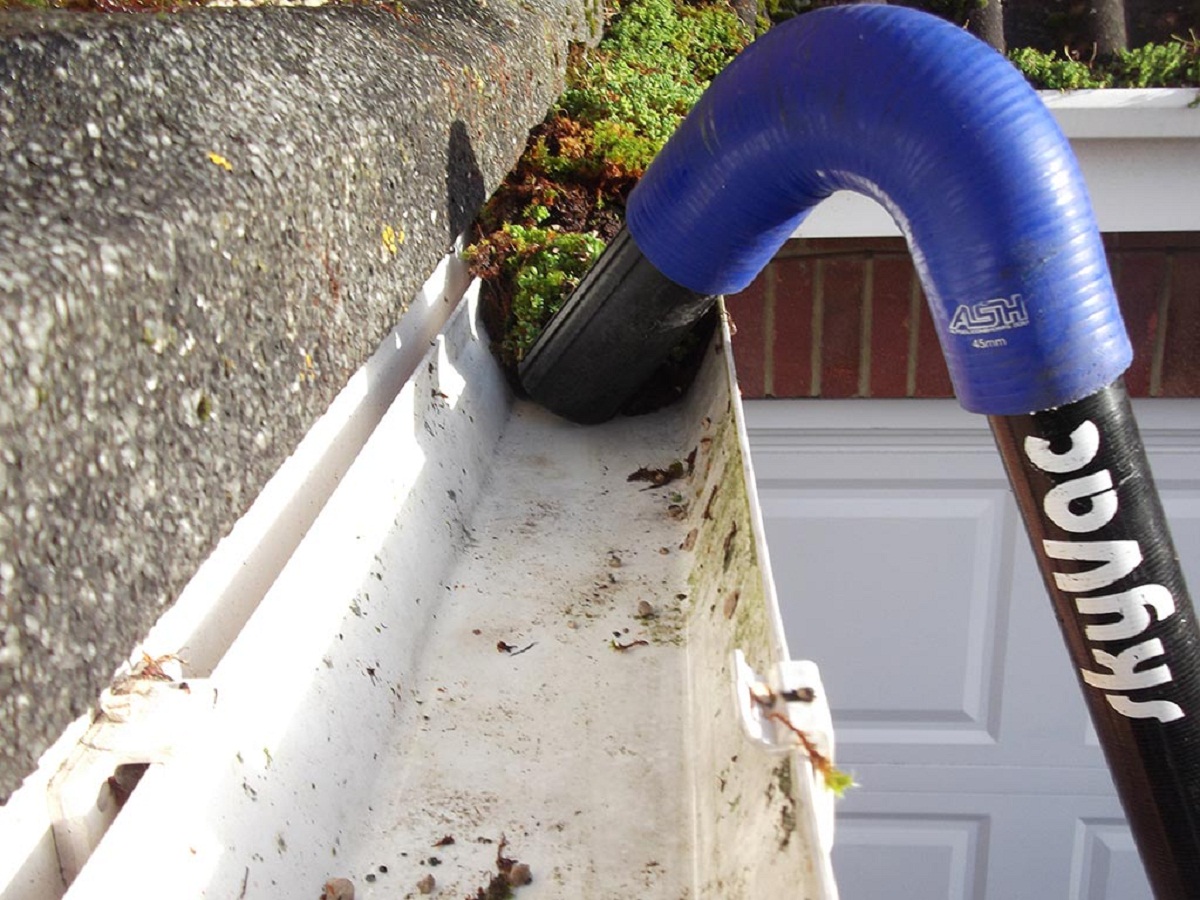
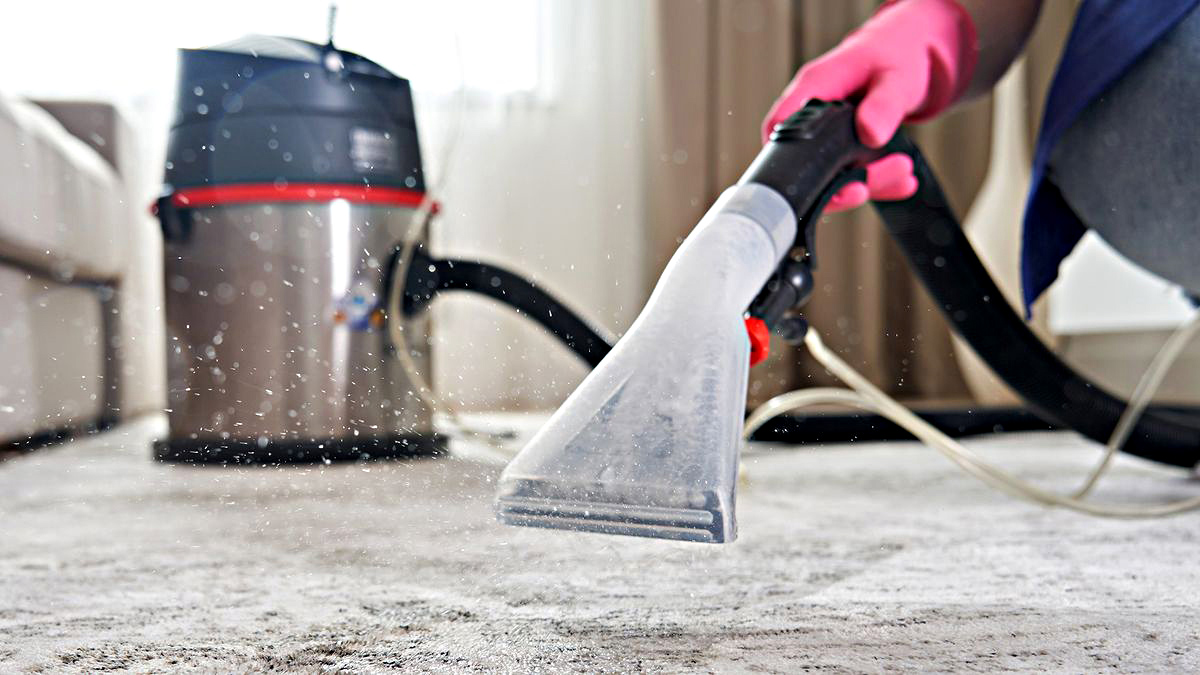
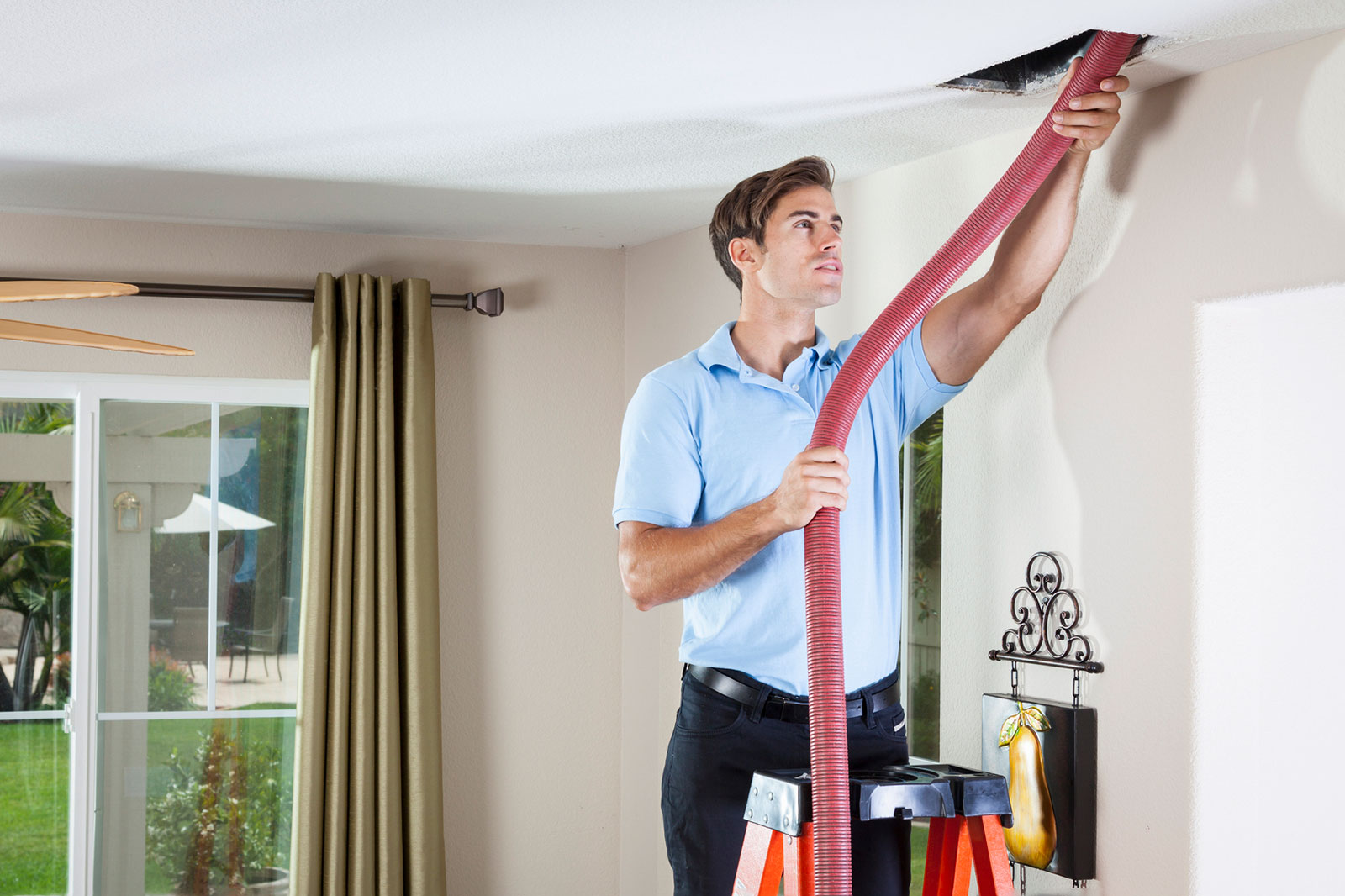
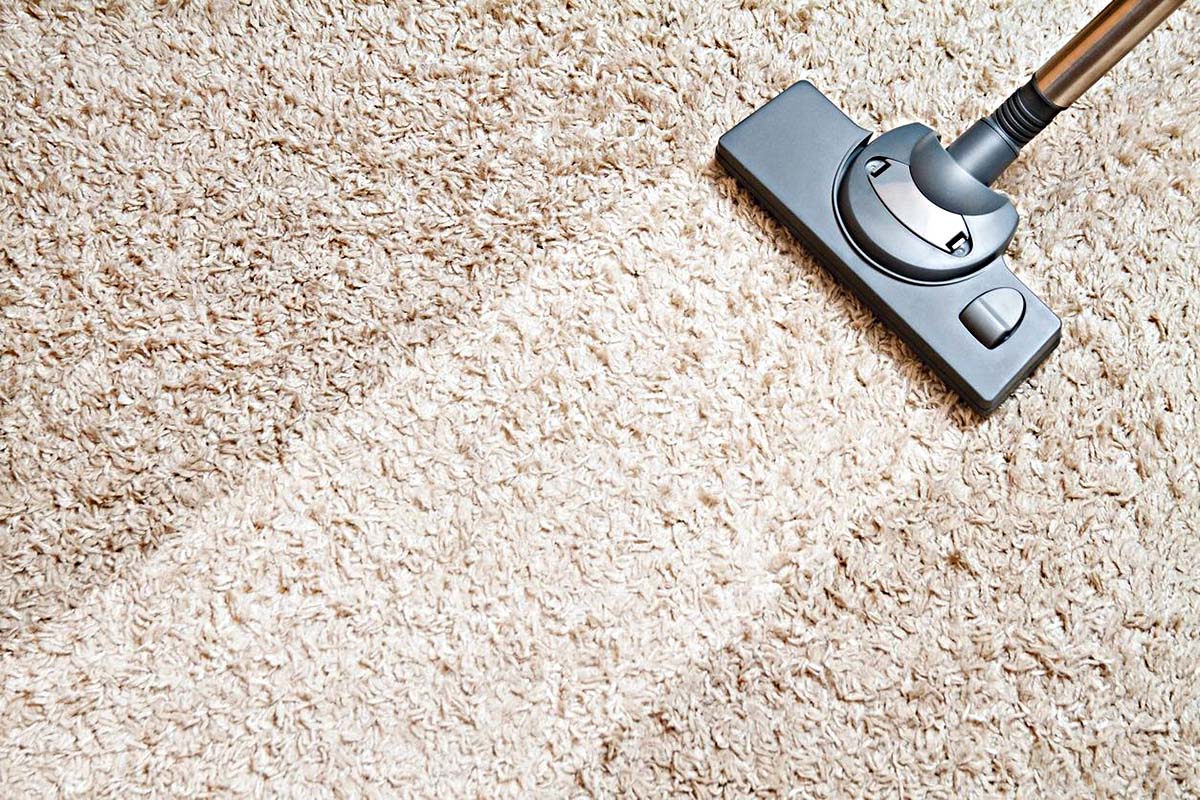
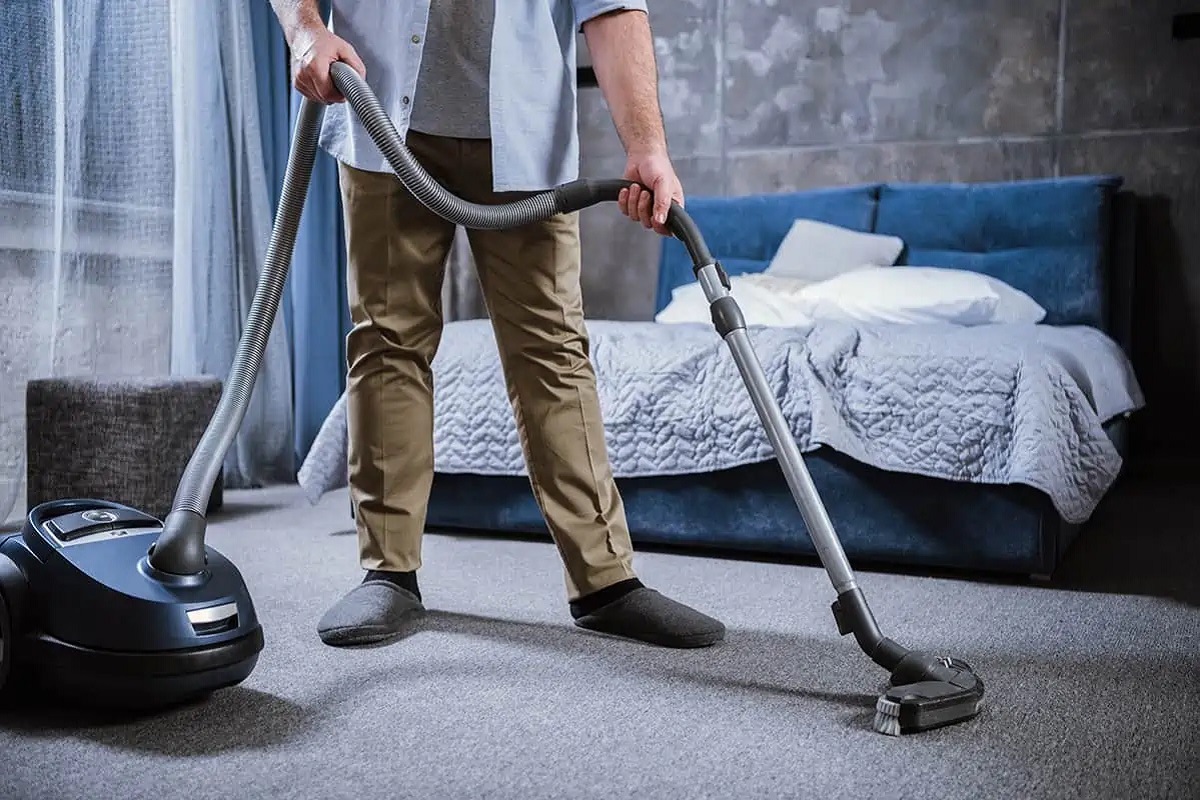
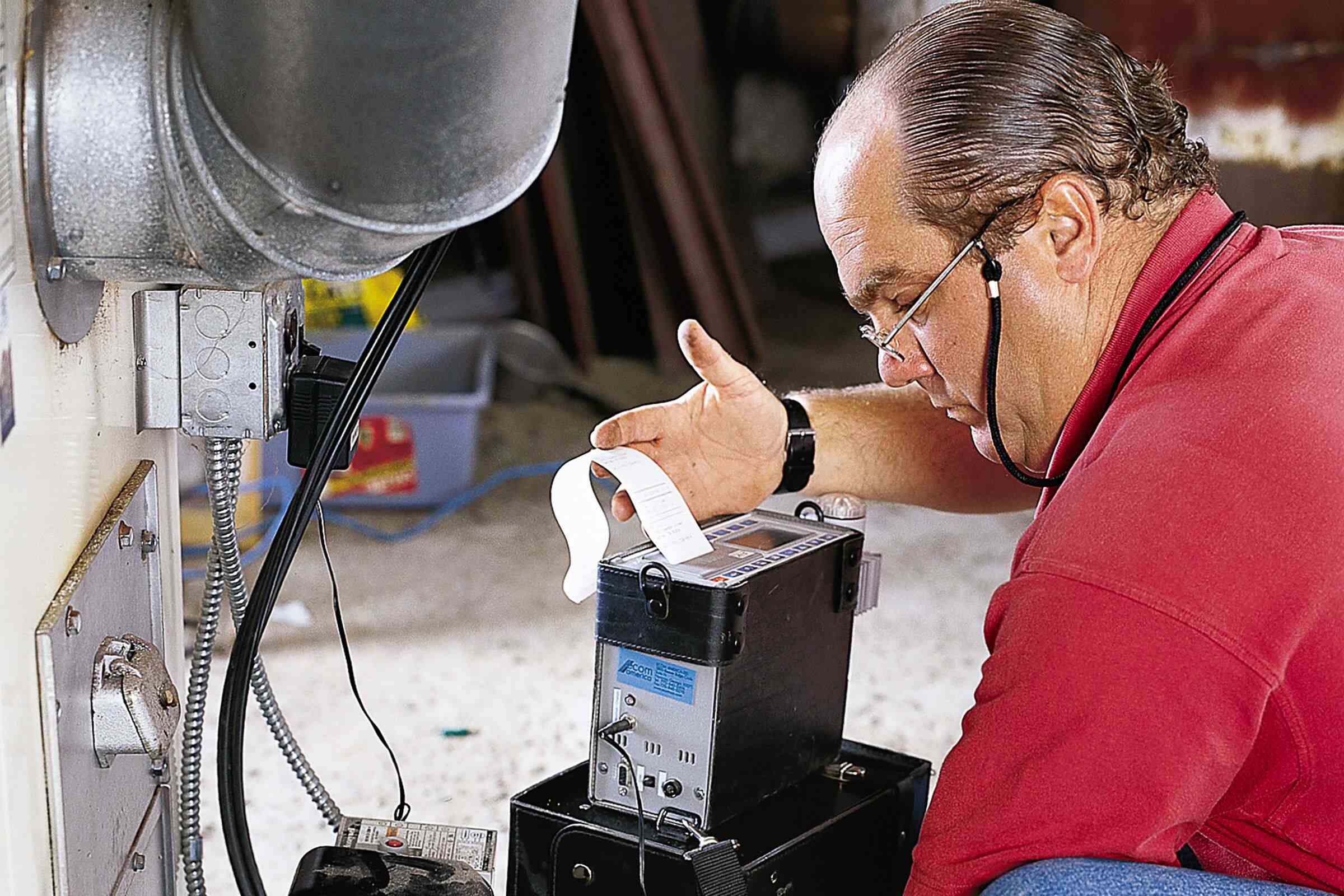
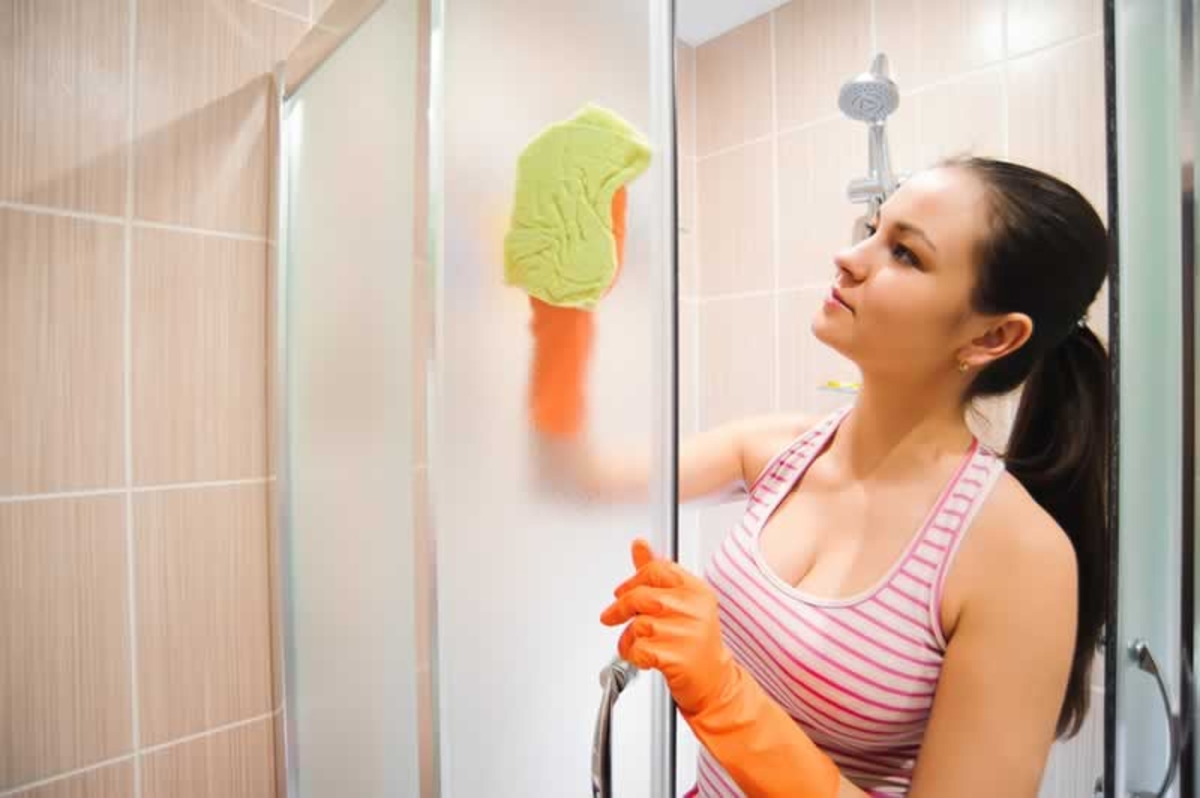
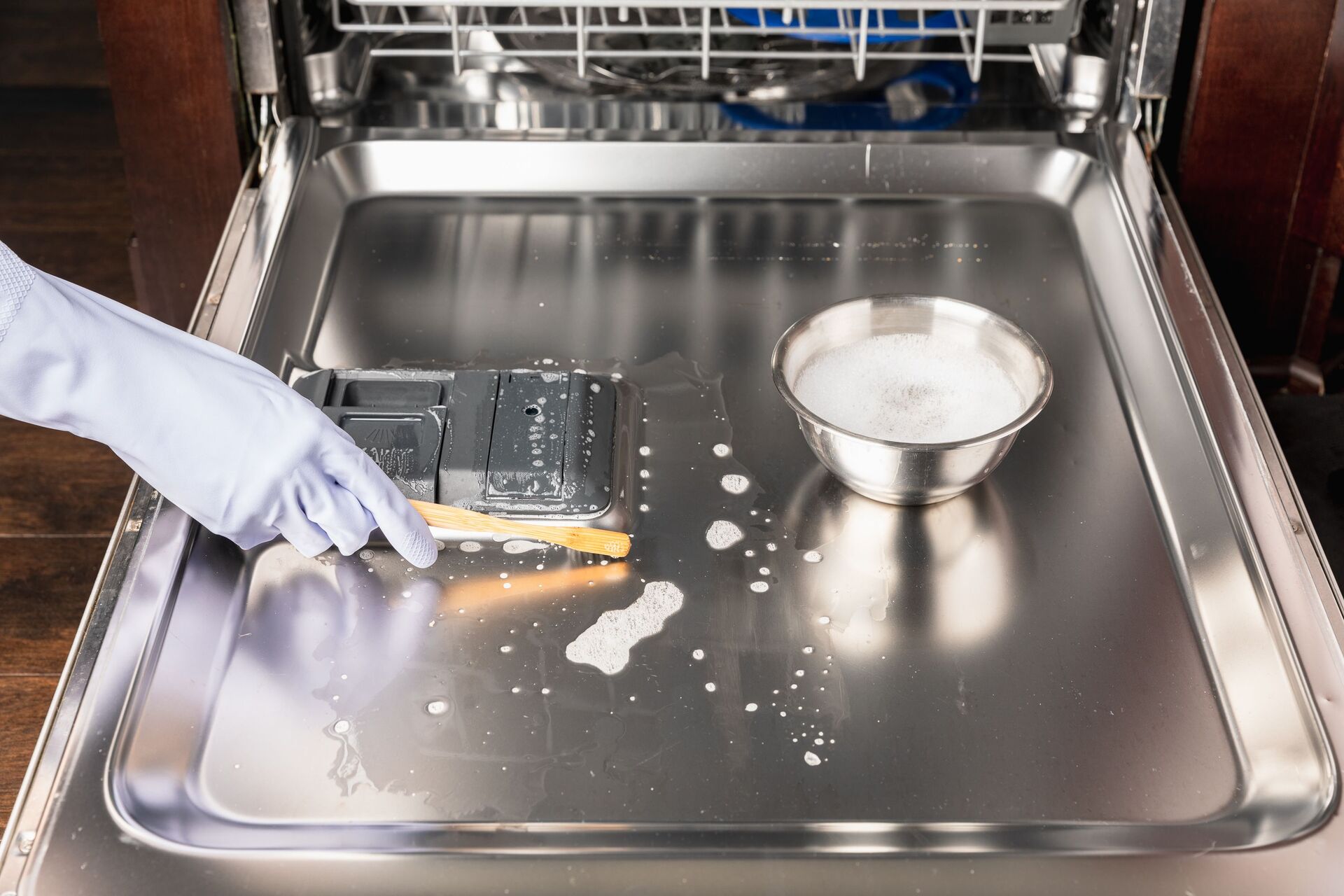
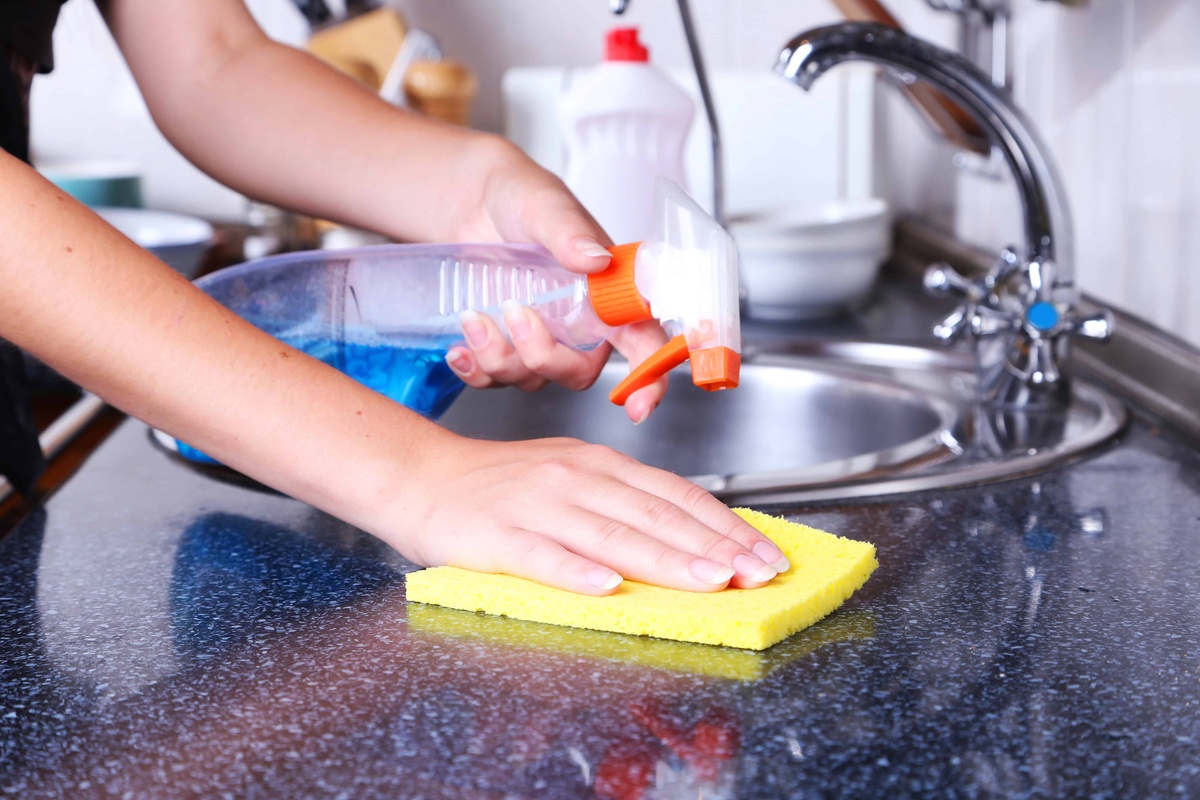
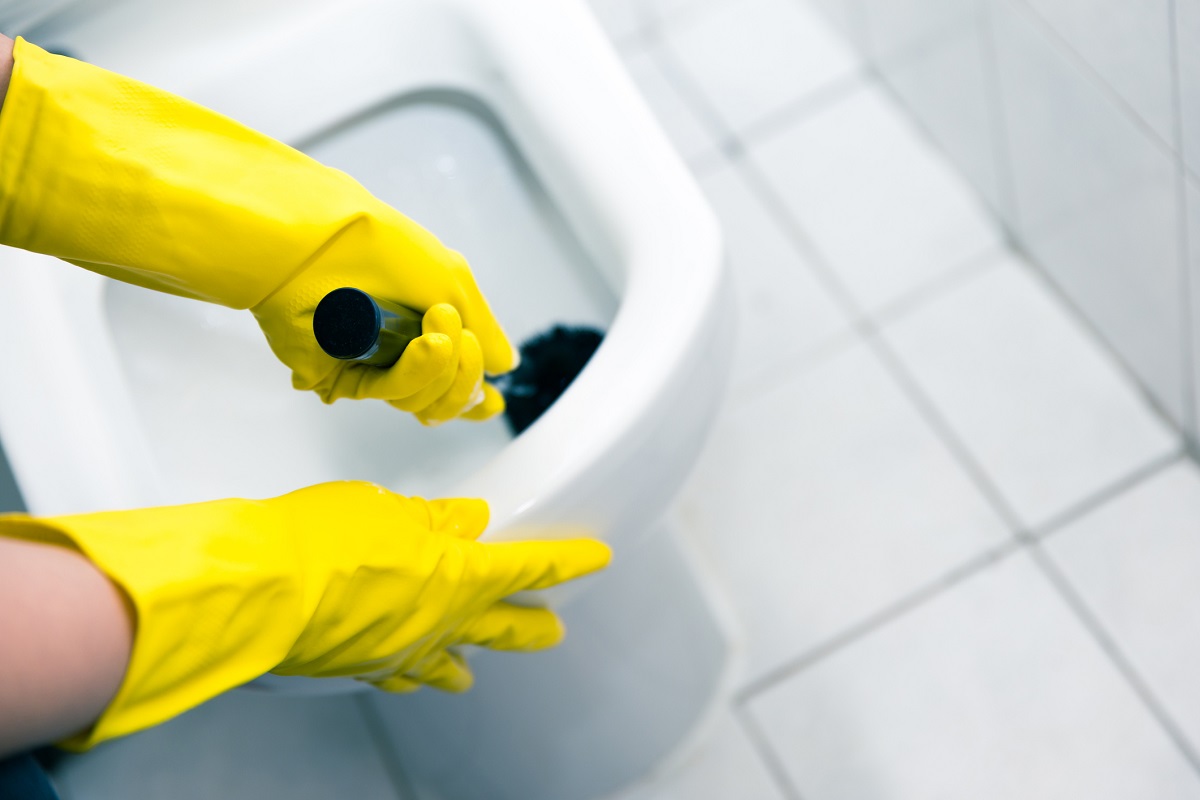

0 thoughts on “How Often Should You Clean Your Rugs”